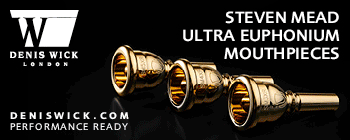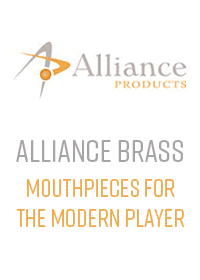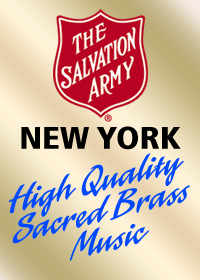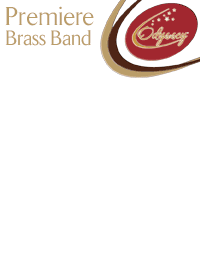Music: The Tydfil Overture
By Joseph Parry, edited and arranged by Anthony GeorgeThe Wallace Collection Cyfarthfa Edition - Nimbus Records
Luc Vertommen reviews a most significant piece in the repertory edited and arranged by Anthony George
In the mid-1980s, in a long-forgotten corner of the Cyfarthfa Castle Museum in South Wales, musicologist Trevor Herbert discovered part of the repertoire of the Cyfarthfa Band, founded in 1838 by Robert Thompson Crawshay, whose father owned the huge Cyfarthfa Ironworks at Merthyr Tydfil. The Cyfarthfa Band was the first virtuoso brass band and its music survives in more than 100 handwritten part books. Joseph Parry’s Tydfil Overture is the most significant piece in the repertory and is now published by Nimbus Records for a modern-day brass band, in a new version made by Anthony George.
Merthyr was the major international centre for the manufacture of iron in the early 19th Century and, born on 21 May 1841 in Merthyr Tydfil, was composer Joseph Parry. Parry left school early to work at the puddling furnaces of the Cyfarthfa Ironworks, where his father was also employed. In 1854, his family emigrated to Danville, Pennsylvania, to live in a Welsh community. During the next 20 years, Joseph Parry travelled frequently between Wales and the USA.
The Tydfil Overture was probably written between 1874 and 1880, and is a work full of drama constructed in an almost traditional sonata form. In the middle, it is suprisingly interrupted by a beautiful chorale section, in which Parry shows us his great understanding of brass writing. This chorale section reminds us of his hymn tune, Aberystwyth (1879) and the ballad, Myfanwy (1875) - his two most famous pieces.
John Wallace recorded the Tydfil Overture with The Wallace Collection in 1996 (Nimbus Records). In 2002, conductor and organist, Simon Wright, arranged the Tydfil Overture for Dr. Robert Childs and Cory Band (CD Heritage DOY CD 142). Now, 20 years later, a new version edited and arranged by Anthony George, the ophicleïde player on the 1996 recording, is available for brass band.
Anthony George’s idea was to try and get as close as possible to the spirit of the original work, which was scored for 18 brass and percussion. The original instrumentation included a soprano keyed bugle, a soprano cornet, two cornets in A flat, a keyed bugle in B flat, two saxhorns in D flat, one baritone, one euphonium, two ophicleïdes, four trombones, bombardon, an E flat and B flat tuba.
I hope that this first original work for brass band by an established composer gets the attention it deserves and receives some performances in the 21st Century.





.gif)







